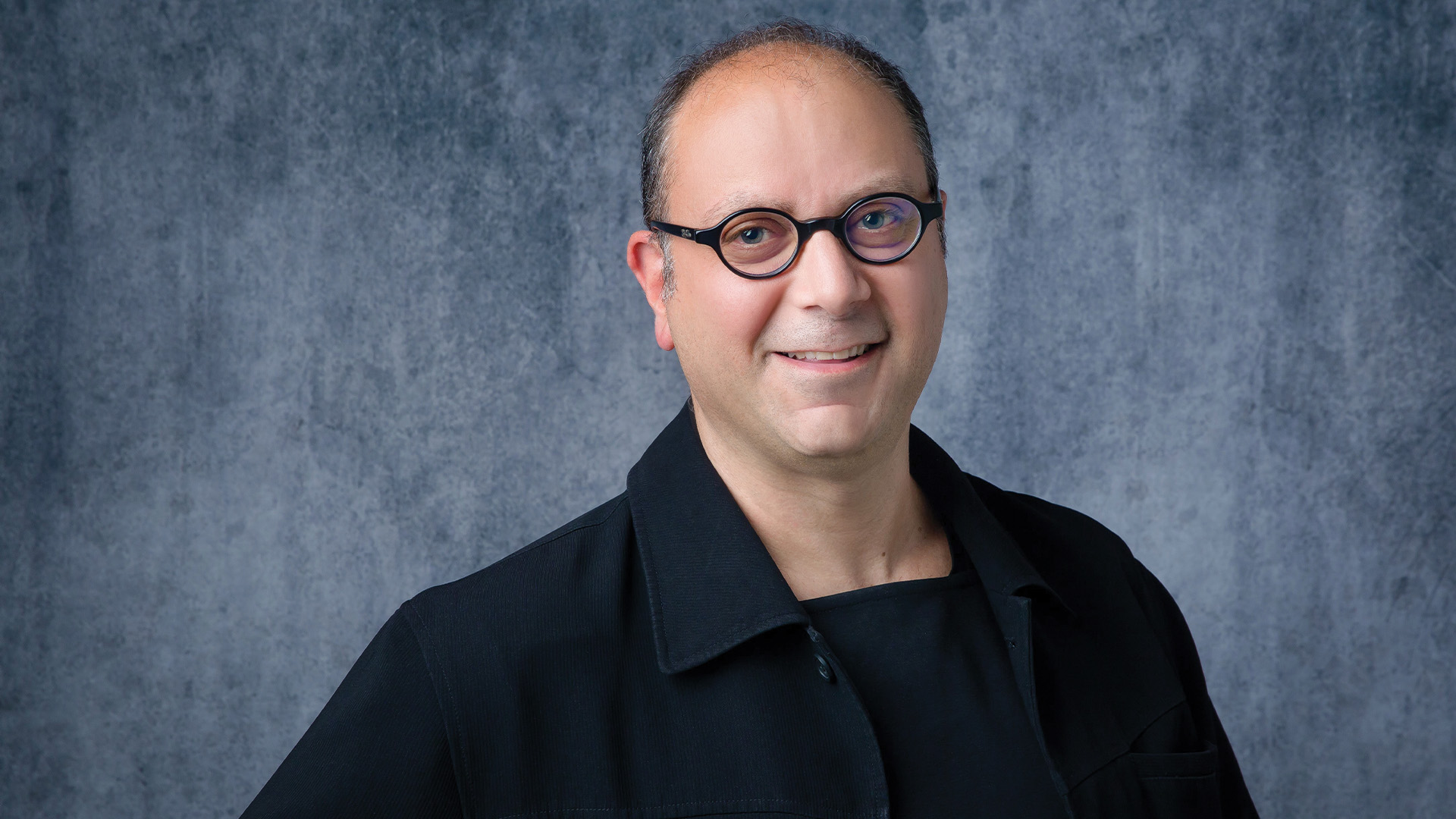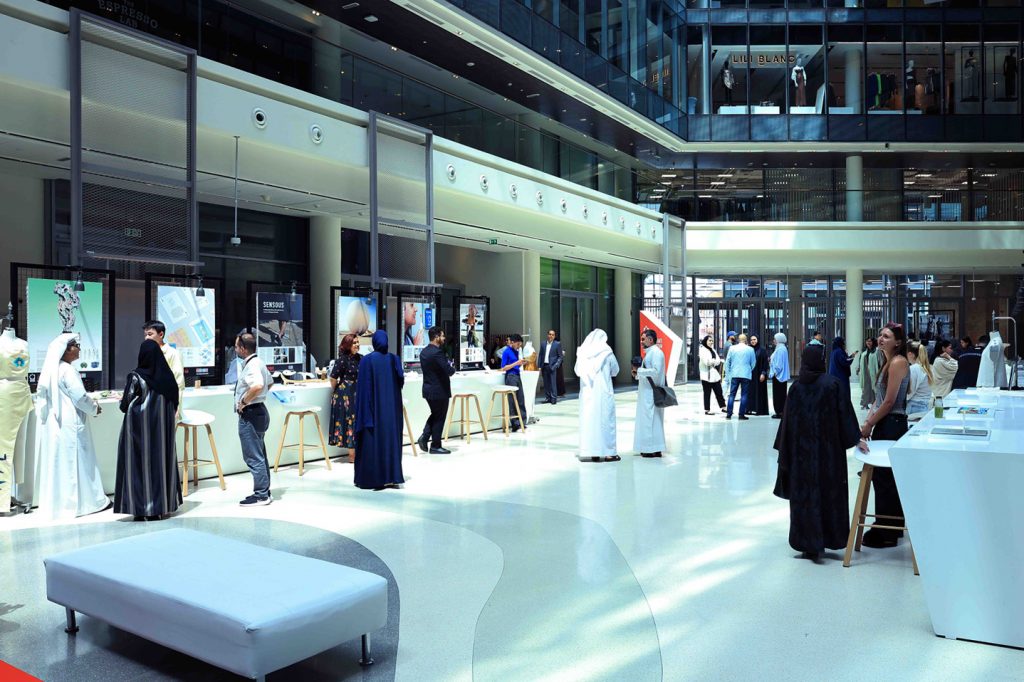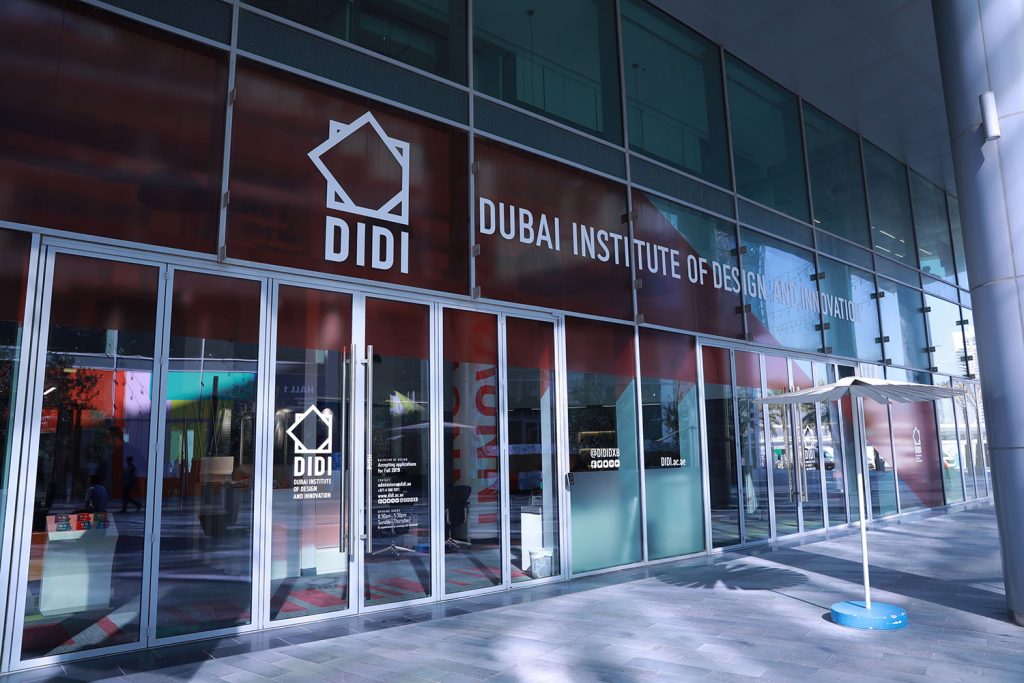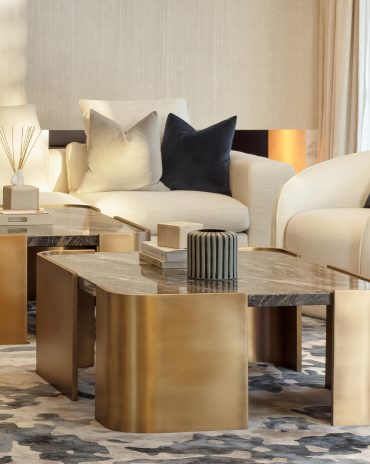Copyright © 2025 Motivate Media Group. All rights reserved.
Hani Asfour talks about the the urgency of sustainable design education in shaping our future
Hani Asfour is the Vice President, Innovation and Institutional Partnerships – Dubai Institute of Design and Innovation.

The expression ‘sustainable design’ is bandied about to the point that it has lost much of its meaning, rendered into yet another business buzzword like ‘innovation’ or ‘synergy’. And yet, its tired letters carry much weight in the present age.
We are living through the Fourth Industrial Revolution. The first three augmented human labour, enabling us to be creative workers and thinkers while machines did the heavy lifting. This new phase is a significant leap from labour to intelligence – that is, thinking and learning with machines.

In this new phase, employing design to improve the world and multispecies life – not just humans, but all the living beings we share this earth with – is essential and urgent. Our imperative is to embed empathy in innovation and humanize technology, be it machine learning or ethical artificial intelligence. Providing the next generation of designers with tools to define this fluctuating road ahead is critical to shaping the future of our world and tackling the climate crisis. This is how we built our curriculum at the Dubai Institute of Design and Innovation (DIDI), on the principles of collaborative, engaged learning. We recently welcomed the brilliant and world-renowned activist-designer Bruce Mau to host a hands-on workshop at DIDI, where he advocated for creative design-based problem-solving and building a thoughtful, mindful world. His lecture – an interactive dialogue with our students – reinforced design as a critical instrument of change.
As machines and technology influence how we live, work, learn, and experience the future, humans still retain the skills of empathy and context-awareness. For this reason, we empower our students to approach sustainable design thinking by deeply analysing the context, pain points, and experiences of the end users: Empathy-driven solutions are more vital and durable than products or profits. Working from the ground up – who will be impacted by the solution and their individuated desired outcomes – maps out more robust solutions that are holistic, inclusive, and desirable, generating value and purpose for their target communities.

This inclusive approach requires multidisciplinary collaboration with designers, scientists, engineers, social scientists, businesspeople, and legislators. Innovation is the result of collective lateral thinking and cutting across boundaries. Design thinking, in this way, is essential to understand the various intentions, impacts, side effects, outcomes and limitations of solutions to the world’s most pressing problems. As Mau so succinctly put it during his talk at DIDI, “Where we fail to design, we design to failure. This is the 21st century: Our project is not the welfare of all mankind. It’s the welfare of all life.”
DIDI’s hybrid curriculum, crafted in collaboration with the Massachusetts Institute of Technology (MIT) and Parsons The New School of Design, breaks down the silos between different disciplines and activates our learners into agents of positive change. Our students approach problem-solving wearing a variety of hats so that they channel their creativity into purpose-driven and comprehensive innovations. Simply put, we need to address the climate crisis urgently and effectively. To do so we must empower the youth to implement multidisciplinary creativity to produce meaningful solutions – there is no other way forward.
The Latest
From Private to Public
How ELE Interior is reshaping hospitality and commercial spaces around the world – while staying unmistakably itself
New Episode: In Design With: Ahmed Bukhash
Watch the latest episode on In Design With.
Highlights of the Biennale Architettura 2025
We shine a light on the pavilions from the Arab world at the Venice Architecture Biennale, on display until Sunday 23 November 2025
Read ‘Bold Design’ – Note from the editor – July/August 2025
Read identity magazine's July/August 2025 edition on ISSUU or grab your copy at the newsstands.
Things to Covet in June 2025
Elevate your spaces with a pop of colour through these unique pieces
Designing Spaces with Purpose and Passion
We interview Andrea Savage from A Life By Design – Living & Branding on creating aesthetically beautiful and deeply functional spaces
Craft and Finesse
EMKAY delivers a bold and intricate fit-out by transforming a 1,800 sqm space into SUSHISAMBA Abu Dhabi, a vibrant multi-level dining experience
An Impressive Entrance
The Synua Wall System by Oikos offers modularity and style
Drifting into Summer
Perennials unveils the Sun Kissed collection for 2025
The Fold
Architect Rabih Geha’s collaboration with Iwan Maktabi
From Floorplans to Foodscapes
For Ayesha Erkin, architecture was never just about buildings, but about how people live, eat, gather and remember
















